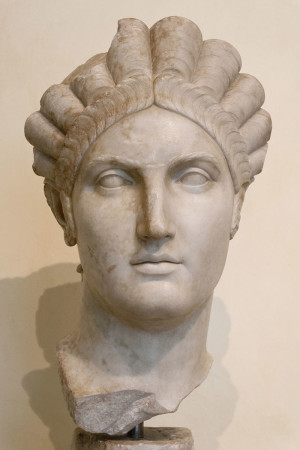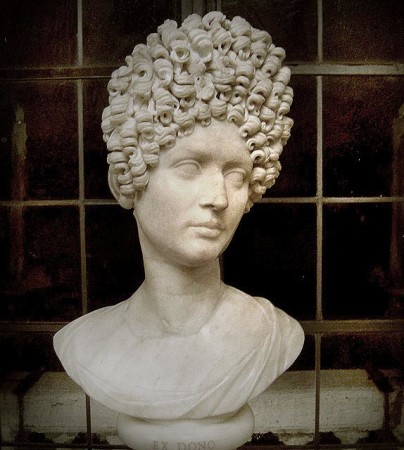A couple of Facebook friends* sent me this article from the Wall Street Journal concerning a scholarly journal called the Journal of Roman Archeology, which published an article about ancient Roman hairstyles. You can read the original article here.
It was written by Janet Stephens. She’s not an archeologist. She’s a hairdresser from Baltimore.
I don’t wish to suggest that there’s anything wrong with hairdressers or people from Baltimore publishing articles in scholarly journals. But what’s remarkable is that this piece of original scholarship, published in 2008, is one of only two articles in the journal’s 25-year history written by a non-archeologist.
The premise of her article challenges the general consensus among ancient roman historians that most of these elaborate hairstyles were wigs. Stephens maintains that ancient stylists used women’s real hair, stitching it together with a long, blunt needle and thread in order to build the complex hairstyles. Her theory rests on the translation of the Latin word acus, which can be translated as a single-prong hairpin, a needle and thread, or a curling iron. After poring over ancient texts in translation, she determined that while most historians translated the word as “hairpin,” it was much more likely to have been a large needle, with thread that knitted together braids and affixed larger panels of hair to the head.
She goes on to demonstrate how these Roman hairdos might have been constructed, recreating them on mannequins and real-life hair models. You can see the pictures if you click through to the article.

Here’s her video on how to construct a vestal virgin’s hairdo.
(For more about the vestals, you can check out my blog post here.)
*Special thanks to Cathy Ballou Mealey and Dayna Kaufman Lorentz
